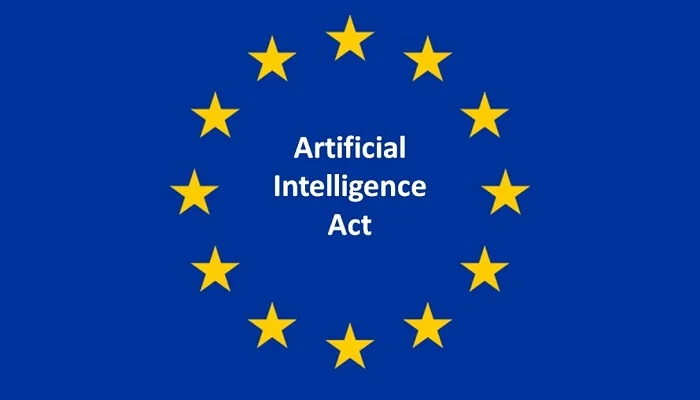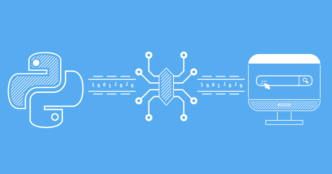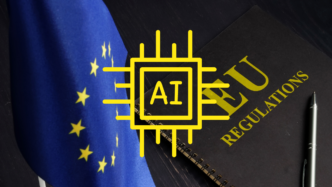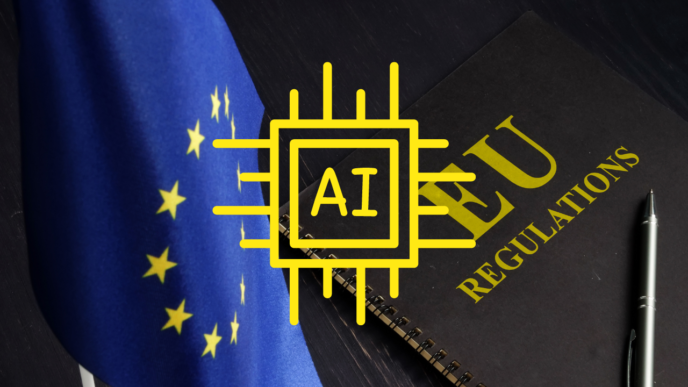Demystifying the EU’s Risk-Based Approach to AI Regulation
The European Union is making waves with its groundbreaking AI Act. If you’re scratching your head wondering what it means for you or your business, you’re not alone. Let’s break it down together.
What’s the Deal with the AI Act?
The AI Act is the EU’s ambitious attempt to regulate artificial intelligence. But here’s the kicker: most uses of AI aren’t regulated under this act at all. Surprised? Let’s dive deeper.
Who’s In and Who’s Out?
• Out of Scope: The majority of AI applications, especially those posing minimal risks, are left untouched. Plus, any military uses of AI are completely excluded. National security remains a member-state issue, not an EU one.
• In Scope: The Act zeroes in on AI applications based on their risk levels. Think of it as a tiered system.
The Risk Tiers Explained
1. Unacceptable Risk: The No-Go Zone
These are AI uses that the EU deems too risky to allow. Examples include:
• Harmful Subliminal Techniques
• Manipulative or Deceptive AI Practices
• Unacceptable Social Scoring
But here’s the twist: even these prohibitions come with exceptions. For instance, law enforcement can use real-time remote biometric identification in public spaces for certain crimes.
2. High Risk: Under the Microscope
This tier covers AI applications in critical sectors like:
• Critical Infrastructure
• Law Enforcement
• Education and Vocational Training
• Healthcare
What’s Required?
• Conformity Assessments: Before hitting the market (and periodically after), developers must prove they’re meeting strict requirements.
• Areas of Focus: Data quality, documentation, transparency, human oversight, accuracy, cybersecurity, and robustness.
• Public Database: High-risk systems used by public bodies must be registered in an EU database.
3. Medium Risk: Transparency is Key
AI systems that could manipulate people fall here. Examples include:
• Chatbots
• Tools Producing Synthetic Media
Requirements:
• Users must be informed they’re interacting with or viewing AI-generated content.
The Rest? Considered Low Risk
All other AI uses are seen as low or minimal risk. That means no regulations under the AI Act. However, the EU encourages developers to voluntarily follow best practices to boost user trust.
Spotlight on General Purpose AI (GPAI)
Now, let’s talk about the big players: General Purpose AI models.
What Are They?
• Also known as foundational models, these AI systems underpin many generative AI technologies.
• Developers tap into their APIs to enhance their own software.
• They can be fine-tuned for specific use cases, adding immense value.
Why the Focus?
• Market Influence: GPAIs hold significant sway, affecting AI outcomes on a large scale.
• Regulatory Attention: The AI Act places dedicated requirements on these multifaceted models due to their potential impact.
Why Should You Care?
• Businesses: If you’re developing or using AI in high-risk areas, you need to gear up for compliance.
• Consumers: Increased transparency means you’ll know when AI is at play.
• Developers: Even if your AI application isn’t regulated, following best practices can enhance user trust.
Stats to Know
• Majority Exclusion: Most AI applications won’t face regulation under the AI Act.
• High-Risk Focus: Critical sectors like healthcare and law enforcement are under scrutiny.
• Transparency Push: AI that can manipulate users must come with clear disclosures.
Wrapping It Up
The AI Act represents the EU’s balanced approach to AI regulation. By focusing on risk levels, it aims to safeguard users without stifling innovation. Whether you’re a developer, business owner, or just an AI enthusiast, understanding these tiers helps you navigate the evolving landscape.













